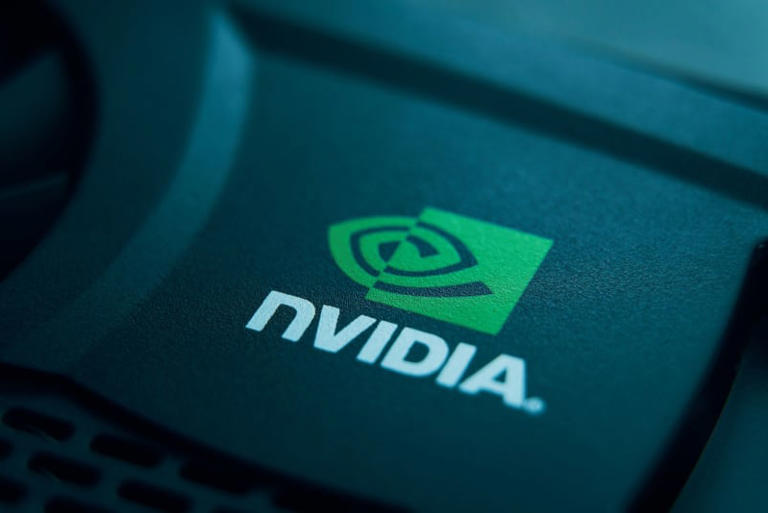Nvidia Inc. (NVDA) has recently witnessed a substantial downturn in its stock price, prompting some investors to consider it undervalued and potentially ripe for investment. Notably, the premiums for put options on NVDA stock have soared to unprecedented levels, creating an opportunity for investors to capitalize on these elevated premiums by shorting these options, particularly out-of-the-money puts with inflated near-term premiums.
As of April 12, 2024, NVDA stock closed at $762, marking a significant decline of $188.02 or 19.8% from its level on March 25, when it was trading at $950.02. Furthermore, on February 22, the day following its earnings release on February 21, NVDA stock was priced at $785.38, reflecting a notable gain of $110.66 or 16.4% from the pre-earnings level.
The prevailing sentiment in the market suggests a belief that Nvidia may encounter challenges in its AI chip-designing business. However, this sentiment appears to be at odds with analysts’ revenue forecasts, which, in turn, influence free cash flow (FCF) estimates.
In several articles published on Barchart, I have conducted in-depth analyses of Nvidia’s sales and FCF projections for the upcoming year or longer. With Nvidia’s impressive 50% FCF margins, it is possible to project a significantly higher valuation for the stock.
For instance, analysts are forecasting revenue of $111.56 billion for the fiscal year ending January 2025 and $136.17 billion for the following year. Assuming Nvidia maintains a 50% FCF margin, the company would generate free cash flow of at least $61.9 billion based on an average revenue run rate of $123.87 billion over the next 12 months.
Even with a slightly lower FCF margin of 45%, Nvidia’s FCF would still rise to $55.7 billion, more than double the $26.95 billion generated in FCF the previous year. If the market values NVDA stock at a 2.5% FCF yield metric (equivalent to a 40x FCF multiple), the stock’s value could range between $2,228 billion and $2,476 billion.
This implies that NVDA stock is potentially undervalued, with an average estimated market cap of $2.352 trillion, representing a 23.66% increase from its existing market cap of $1.902 trillion. Moreover, the stock could be worth as much as $991 per share or more, providing significant upside potential for investors.
Given the substantial decline in NVDA stock and the resultant surge in put option premiums, shorting out-of-the-money puts presents an attractive income opportunity. For instance, options expiring on May 10 with strike prices below the current stock price offer significant premiums, providing short sellers with immediate yields ranging from 2.345% to 2.91% over the next three weeks.
Moreover, even if the stock were to decline further and the puts were exercised, short sellers would still benefit from downside protection and potentially favorable entry points for acquiring NVDA shares at lower prices. Additionally, strategic options, such as combining short positions with long put purchases or selling out-of-the-money calls, can further mitigate downside risk and enhance potential returns.
In conclusion, NVDA stock appears undervalued at its current levels, and shorting out-of-the-money puts presents a compelling opportunity to generate income while potentially acquiring shares at discounted prices. With robust fundamentals and favorable market dynamics, Nvidia remains an attractive investment option for discerning investors.
